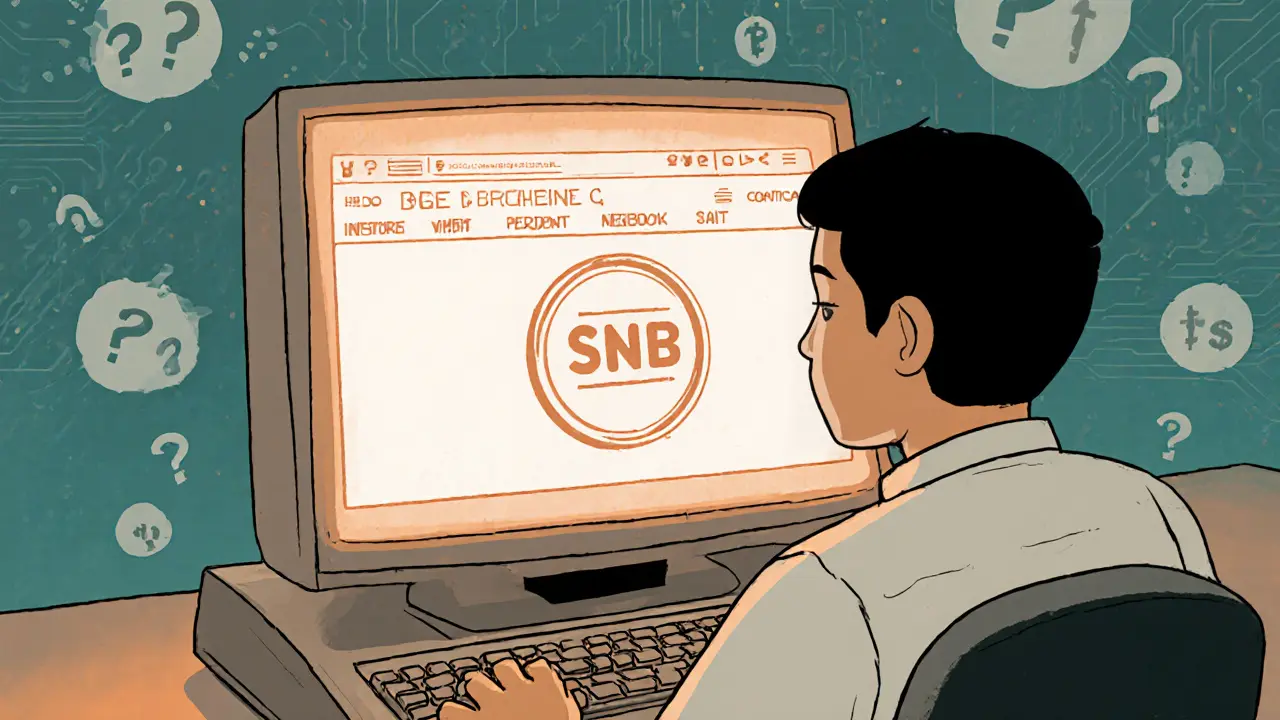Crypto Exchange: Your Gateway to Trading, Compliance, and Swaps
When working with crypto exchange, an online platform that lets you buy, sell, and trade digital assets. Also known as digital currency exchange, it acts as the bridge between fiat money, tokens, and decentralized finance tools.
Another key piece of the puzzle is crypto compliance, the set of regulations and KYC/AML practices that exchanges must follow to stay legal. Without compliance, an exchange risks sanctions, frozen assets, or loss of user trust. cross-chain swap, a technology that lets you move tokens between blockchains without a centralized intermediary is reshaping how exchanges operate, cutting friction and fees. Finally, DEX, decentralized exchange where trades happen straight from users’ wallets offers a trust‑less alternative that many traders now mix with traditional platforms.
Why These Elements Matter Together
Understanding a crypto exchange starts with its core function: enabling spot trading, futures, and staking. That function requires robust compliance frameworks, because regulators worldwide are tightening rules around money‑laundering and consumer protection. At the same time, the rise of cross‑chain swaps means exchanges can offer broader asset coverage without building separate bridges for each network. This creates a feedback loop: the more seamless swaps become, the more users expect lower fees and faster settlements, pushing exchanges to improve their compliance tech to stay ahead of scrutiny.
DEXs add another layer. While a centralized exchange handles order books and custody, a DEX lets you retain control of private keys, which appeals to privacy‑focused traders. However, DEXs still interact with compliance ecosystems through on‑chain analytics and transaction monitoring tools. In practice, a modern crypto exchange often integrates DEX liquidity pools, offers cross‑chain swapping features, and runs compliance checks in the background—all to deliver a smooth experience.
Then there’s the airdrop angle. Many exchanges list newly airdropped tokens, giving users early access to emerging projects. Airdrops can boost an exchange’s user base, but they also raise compliance questions: are the airdropped tokens securities? Must the exchange perform KYC before distributing them? The interplay between airdrop listings, compliance, and cross‑chain support is why keeping up with the latest guides makes sense.
The articles below walk you through each of these pieces. You’ll find a no‑KYC cross‑chain swap review of Swapr, a deep dive on crypto compliance programs for 2025, a global exchange CEO roundup, and step‑by‑step airdrop claim guides. Whether you’re hunting for the best DEX, need to pass a compliance audit, or want to claim a new token, the collection equips you with clear, actionable info.
Ready to explore the full range of topics? Below you’ll discover hands‑on reviews, regulatory checklists, and practical how‑tos that together paint a complete picture of today’s crypto exchange landscape.
Subnet Tokens isn't a crypto exchange - it's a misleading label for Bittensor's subnet tokens. Learn how to trade them safely, avoid scams, and understand the real staking mechanics behind this high-risk AI crypto ecosystem.
Continue reading
A detailed 2025 review of Cellana Finance, covering its ve(3,3) token model, liquidity, security, user experience, and how it stacks up against major DEXs.
Continue reading
A clear, 2025 review of SynchroBit exchange covering its features, fees, security, and how it compares to major crypto platforms.
Continue reading








